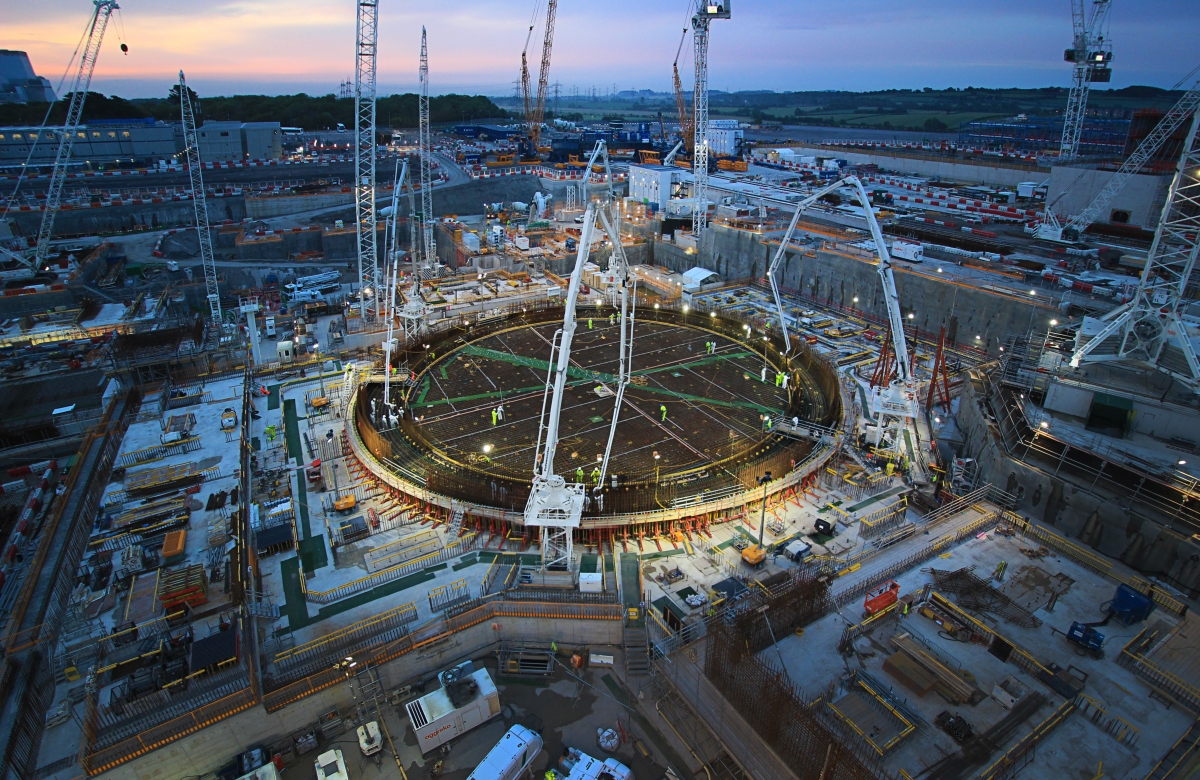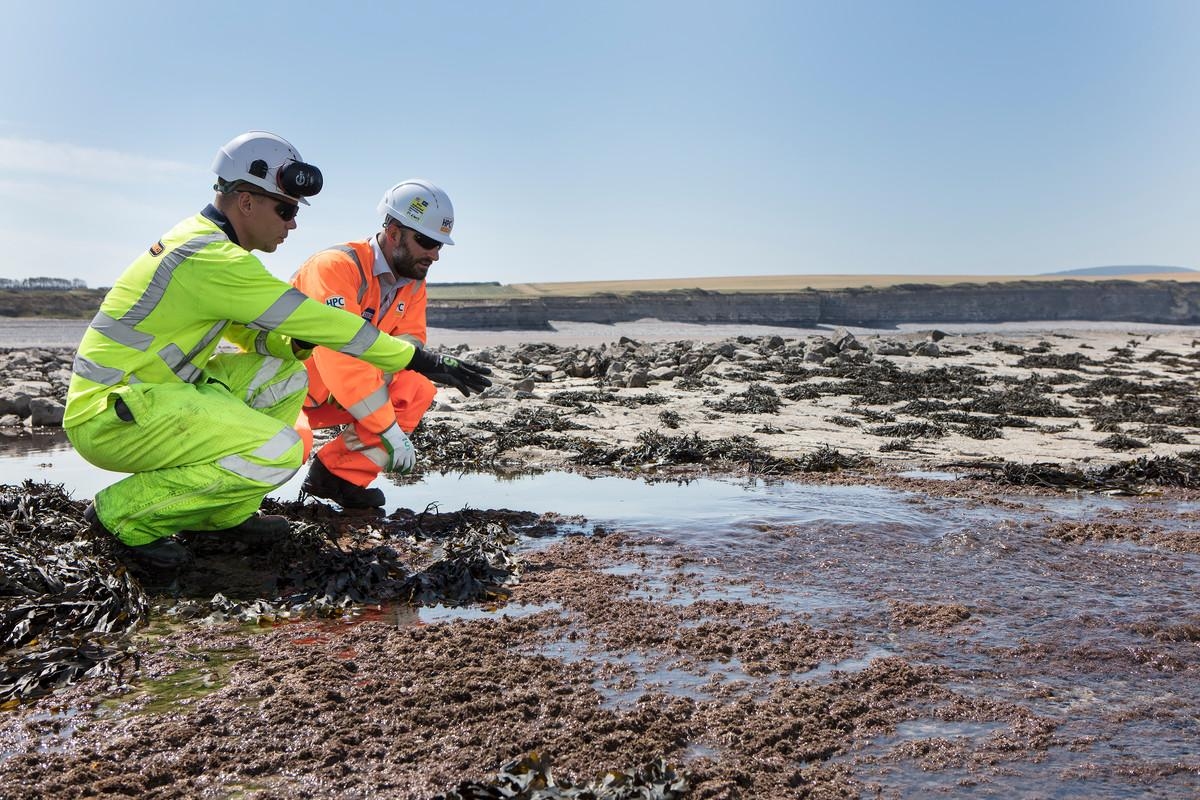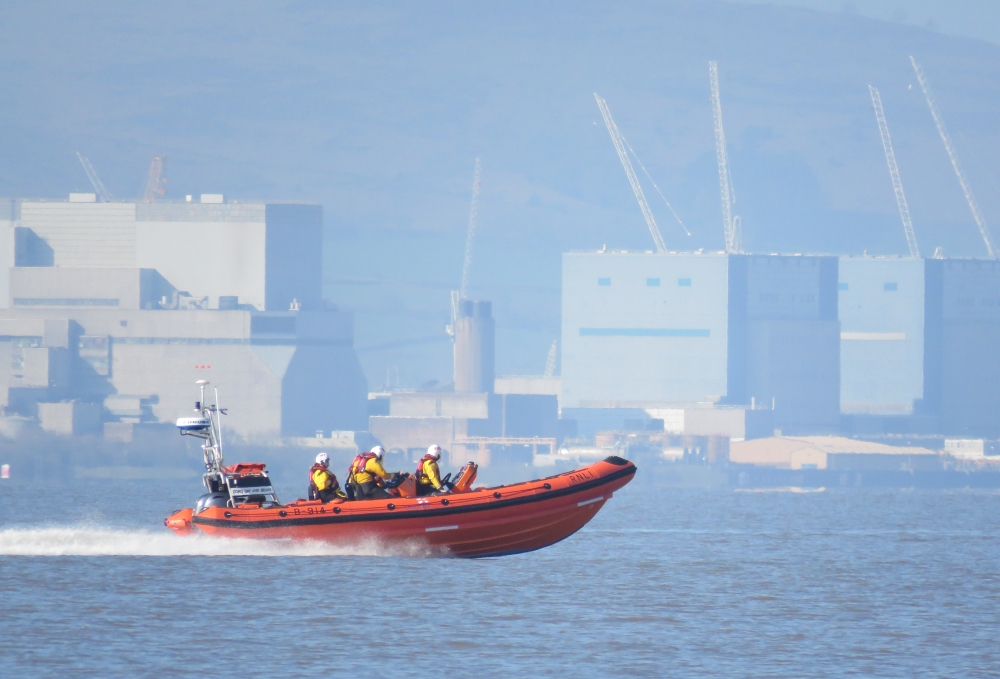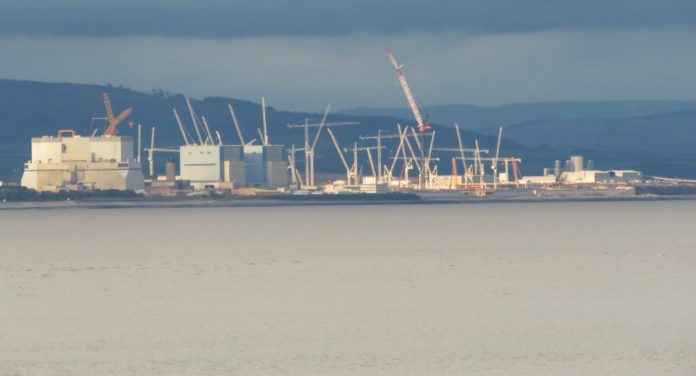Plans to dump more mud from alongside Hinkley Point nuclear power station near Burnham-On-Sea into the sea off Cardiff Bay have been revealed this week.
The initial work, carried out in 2018, caused huge controversy. Now, the environment watchdog Natural Resources Wales (NRW) says it has received another application.
EDF Energy wants to deposit up to 780,000 tonnes of sediment dredged as part of building work for the Hinkley Point C plant.
The developers have submitted a plan to NRW for sampling and testing the mud, which will now be subject to a six-week consultation with specialists and the public.

NRW’s role is to determine whether the material is suitable for disposal at Cardiff Grounds, a licensed dumping ground for dredged sediment around two and a half miles out to sea from the Welsh capital
Michael Evans, the regulator’s head of evidence, knowledge and advice said “the first step of a long application process” was to assess the sampling plan, before the developers request a marine licence to carry out the work.
“The disposal activity in 2018 caused great public concern, so we intend to inform and engage with people about these plans over the next few months,” he explained.
“We will only grant the licence if the company can demonstrate it complies with legal requirements and we’re confident the proposed activity will not harm people or the environment.”

As well as a marine licence from NRW to deposit the mud in Welsh waters, EDF Energy will also need another from England’s Marine Management Organisation in order to dredge off the Somerset coast. They hope to start carrying out the work in early 2021.
The seabed alongside Hinkley Point C is being dredged so that the £21.5-22.5bn power station’s water cooling system can be installed.
EDF Energy says this will be a “significant piece of infrastructure”, involving tunnelling more than 3km into the Bristol Channel.
But anti-nuclear campaigners have raised fears the process could be churning up contamination from the old Hinkley A and B reactors, which used to be on the site.

Tim Deere-Jones, of the Stop the Dump campaign, said he had urged the Welsh Government to carry out radioactivity measurements along the Welsh shoreline before and after the initial dumping of Hinkley mud in 2018.
But he said their refusal had “left coastal communities in a position of complete ignorance about the impacts of the dump”.
A public outcry over the original mud dumping led to protests and a petition signed by over 7,000 people – which swelled to six figures online – triggering a full Senedd debate.
The BBC reports that it involved 120,000 tonnes of mud, although permission was granted for 300,000.
Though the Welsh Government rejected calls to suspend the marine licence issued to EDF Energy for the work, claiming it would set a dangerous precedent, it instructed NRW to do more to communicate with the public about the process and explain the issues involved in future.
EDF Energy insists all tests on the mud were completed to international standards, and claims it could be toxic are ‘alarmist’ and ‘wrong’.
They say they are proposing to do more in-depth sampling ahead of their latest dredging application, in order to provide further reassurance.
EDF have already presented evidence that levels in the mud are so low as to be not classed as radioactive under UK law. This is how scientists carried out their tests.
They “conservatively” assumed a person spent about four hours a day, every day, on the shore near the Cardiff Grounds and ate 50kg of fish and 15kg of crustacean and molluscs a year, all sourced from the Cardiff Grounds.
Exposure to the radioactivity in the sediment was also considered from inhaling any sediment that may accumulate on the shore. Assuming a person was to do all of the above, 90% of the radiological dose they would receive would be from naturally occurring radiation.
The research found combining natural and artificial levels of radioactivity together, any exposure would be 10,000 times less than an airline pilot’s annual dose. It would be 750 times less than the average dose received by a resident of Pembrokeshire due to naturally occurring Radon. It would be equivalent to eating 20 bananas each year – an “infinitesimally small level”.







